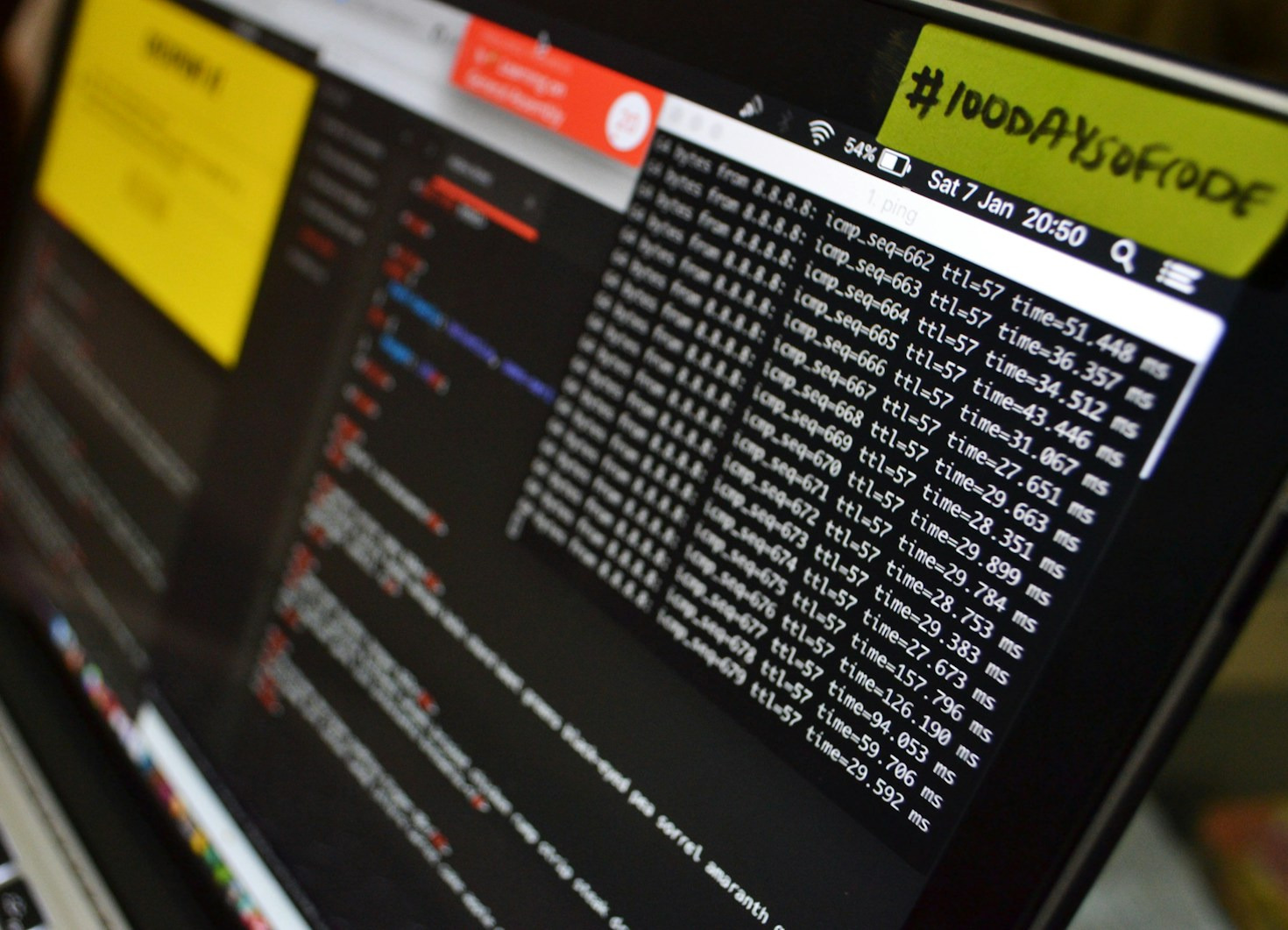Gain a solid grasp of core cybersecurity principles critical for protecting your business.
Cybersecurity isn’t just a concern for large enterprises. Small and mid-sized businesses (SMBs) are increasingly targeted because attackers know these organizations often lack dedicated security staff or formalized protections. This guide introduces the foundational concepts every small business should understand and implement to reduce their risk, no jargon, just clear explanations and real-world relevance.
The CIA Triad
The cornerstone of all security strategies is the CIA Triad:
- Confidentiality: ensuring that only authorized users can access sensitive information. An example is using BitLocker to encrypt laptop drives.
- Integrity: ensuring that data is accurate and unaltered. An example is using file checksums or version controls for backups.
- Availability: ensuring that data and services are accessible when needed. By example, reliable backups and failover systems protect organization’s against downtime.
- If your business violates any part of this triad, you’re at risk.
Least privilege
Only give users and systems the minimum level of access they need to do their job.
- Don’t let every employee be a “Local Administrator.”
- Segment shared folders.
- Use Role-Based Access Control (RBAC) where possible.
Defense in Depth
Don’t rely on a single security layer. Use multiple overlapping layers:
- Antivirus on endpoints
- A firewall at the perimeter
- Strong user authentication
- Email filtering
- Secure backups
Each layer compensates if another fails.
People are the perimeter
Technical tools are important, but user behavior is often the weakest link.
- Train staff to identify phishing emails
- Establish an Acceptable Use Policy (AUP)
- Require MFA for remote access
- Use strong password policies (or better, password managers)
- Regular training is more effective than once-a year checkbox exercises.
Patching and updates
Outdated software is a ticking bomb.
- Automate OS and software updates where possible
- Monitor for patch alerts from vendors (Microsoft, Adobe, etc.)
- Prioritize critical security patches immediately.
Backups: The last line of defense
If ransomware hits, your backups are your lifeline.
- Follow the 3-2-1 rule:
- 3 total copies
- 2 different types of storage
- 1 offsite or offline
Test your backups regularly. A backup you cannot restore isn’t a backup.
Security is a process, not a product
There’s no silver bullet. Cybersecurity is a continuous improvement cycle:
- Assess risks
- Implement controls
- Monitor and test
- Improve based on findings.
Small business that regularly revisit their security posture are far less likely to suffer major breaches.
Want the checklist? Get it free!
Get the PDF by joining our newsletter. You’ll also receive:
- Practical tutorials
- PowerShell scripts
- Cybersecurity tips delivered monthly.
Join the SMBSecHub community and secure what matters.

